Tips for Creative Storytelling Photography
We’re all familiar with creative storytelling in literature and on the small and big screen. But photography is a great medium for storytelling, too. Remember, a picture paints a thousand words!
A powerful photograph can take us on a journey. It can transport us to another world. And it can tell us a story. It can be a story of real-life hardship. Or it can be a work of complete fantasy.
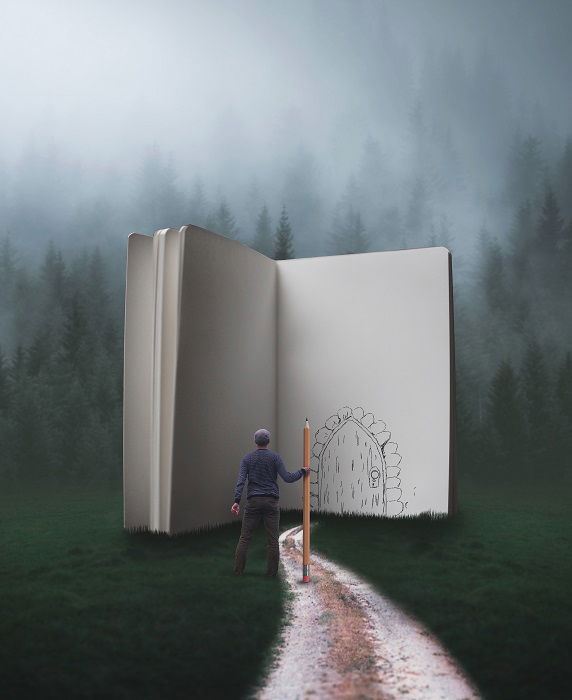
What Is Storytelling Photography?
Storytelling photography is where you use still photographs to tell a story. You can use a series of photos to tell your story. Or you can use a single image.
You can use photos to tell a whole story, from start to end. Or you can give your audience story fragments. As a storytelling photographer, you need to ignite the viewer’s imagination.
Storytelling isn’t exactly a type of photography. Any photography type can be used to tell stories. Documentary, fantasy, and even portraits are excellent for storytelling photography.
Storytelling in photography has more limitations than film or literature. There’s no movement, and there’s no dialogue. All the images are still, so you need all the information to be visual.
For a photo to tell a story, you need characters. You need to have a source of emotion. And you need elements that will connect with the viewer.
The camera isn’t the only tool at a photography storyteller’s disposal. You can use mixed media and post-processing to enhance the story. These can be especially useful when telling stories of fantasy or magic.
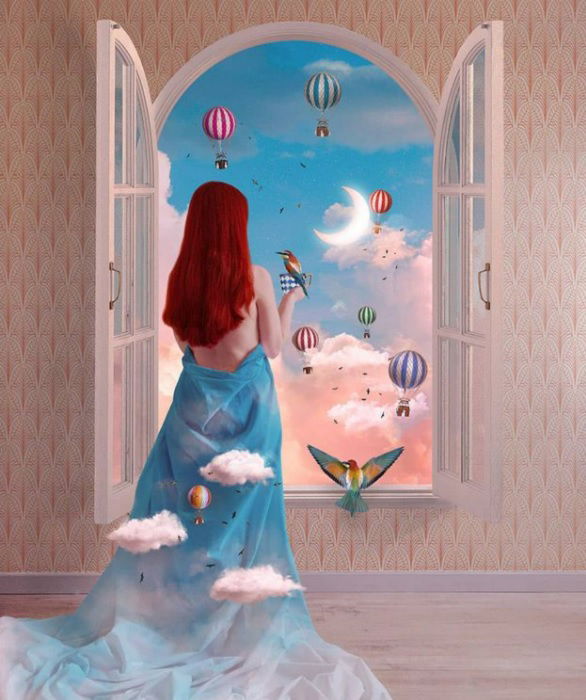
8 Creative Tips for Storytelling Photography
Storytelling photography isn’t easy. Stories aren’t easily told with still images, especially when they are on their own. But if you follow our tips, you’ll become a master storyteller in no time.
1. Know Your Story
Before you can start telling a story, you need to know what it is. With photojournalism, the story might unfold in front of you. Your job is to capture the events as they come and go.
But if you’re telling a story of imagination, it’s best to know the story before you begin shooting. The story is your road map. You go off course, but having a route in mind can help your narrative.
With photographic storytelling, you can tell a closed story with a fixed beginning and end. Or you can tell an open story, where the course of the narrative is open to interpretation.
Your inspiration can be an existing myth or fairytale. Or you can create an original story to tell. Will you be using new characters or characters your audience is familiar with?
If you’re re-imagining an old tale, read it and learn about it. If it’s something of your own imagination, you can write it out. You can write a short story or write it out in the form of a comic book.
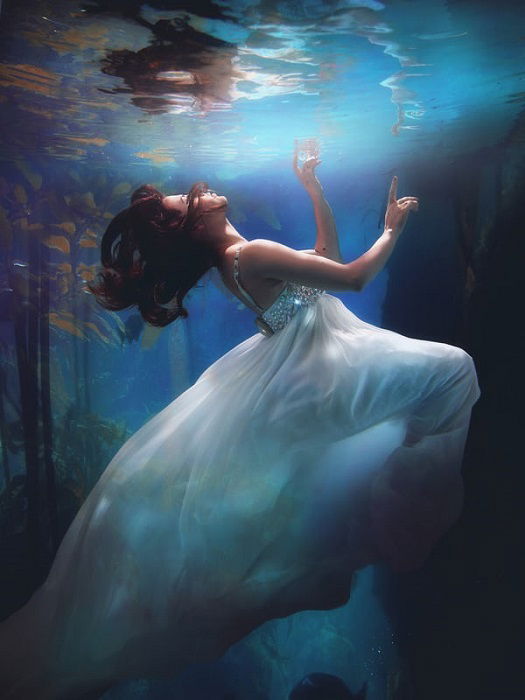
2. Think About the Style of Photography
No one style of photography is used for storytelling. You can choose any type of photography you like to tell your story.
You can use landscape photography to create a new world. Or you can use portraits to create and develop characters.
Self-portraits are an excellent storytelling tool. The story then becomes a first-person narrative. And you can bring the viewer into the story with you.
Our collaborators Joel Robison and Fabiola both use self-portrait to tell their visual stories. They are the protagonists in their own work. And it helps the viewer identify with their story, enticing them in.
You can go for highly stylised shots in a studio. Or you can use a documentary photography style to depict your narrative.
But when it comes to storytelling in photography, you don’t have to stick to one style. You can use a variety of techniques to tell your story.
If you’re doing a series of images, each shot can be a different style. The perspective of the story can change from picture to picture. And the type can change with it.
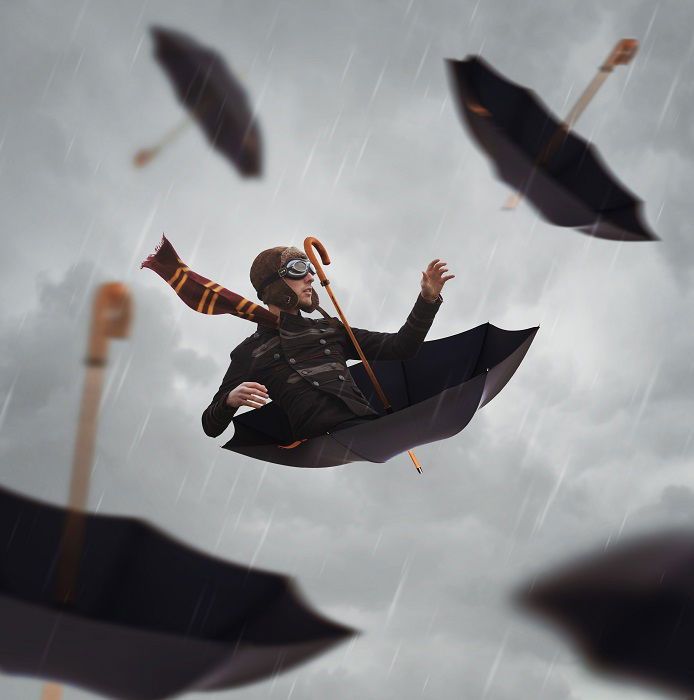
3. Develop Character Using Costumes and Props
Without dialogue or written words, a photographer has to tell their story using visual language. Storytelling pictures use certain elements to elaborate their meaning.
Costumes are excellent tools of exposition in storytelling pictures. An elegant dress and a crown can identify a princess. And black clothes can help define an evil character or a sad situation.
The state of the character’s clothes can convey much about your subject and their situation. A once-glamorous dress in disrepair can tell a story all its own. And a change of costume from shot to shot has a similar effect on visual storytelling.
Props are equally as helpful when it comes to storytelling in photography. Every prop you include needs to say something about the character or plot.
Props can help us identify the subject within the story. A bow creates a link to Robin Hood. And a trident reminds us of Poseidon, the Greek god of the sea. A sceptre denotes a king and a wand a wizard.
Weapons can represent heroism or violence. Money can symbolise greed. And flowers can be used for romance and death.
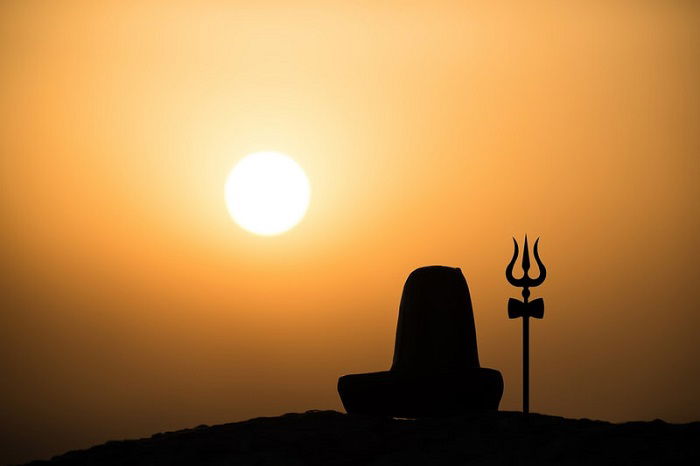
4. Harness Symbolism in Your Images
Visual symbols are a great tool for storytelling images, evoking strong emotions. And they can lead the viewer in the right direction.
Animals, and animal-related imagery, hold a lot of information. Different animals hold certain associations. For example, they often have links to mythology and spirituality.
Wolves, for example, are feared predators. But they also have connotations of wisdom and family values. In Roman mythology, a wolf nurses the abandoned babies of Romulus and Remus. It’s an early example of many raised-by-wolves stories.
Doors are an excellent tool for storytelling in photography. It’s not just about going from room to room. A door can lead us anywhere.
An open door gives us a feeling of freedom. It gives us the ability to escape to something new. But a locked door makes us feel trapped and claustrophobic.
Windows hold similar storytelling power. An open window represents freshness and wonder. A closed or barred window makes you feel like a prisoner.
The weather is another important element in storytelling photos. The weather can set the emotional tone of the image. Sunshine and blues skies denote a happy scene. Rain expresses sadness. And a storm means trouble and change.
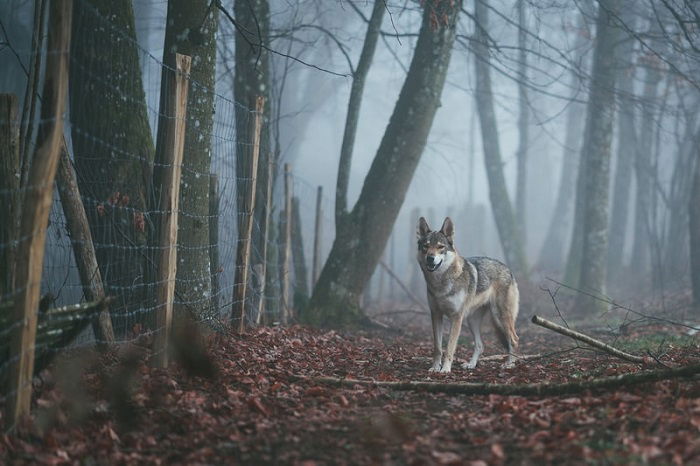
5. Use Colours to Enhance Your Storytelling
Colours are full of nuance, which is great for visual storytelling photographs. Using a colour scheme in your narrative is a great way to add meaning to your images.
Colour theory is fairly straightforward. You have warm and cool colours that can be used to flavour your images.
Warm colours heighten our feeling of enjoyment. And red tones invoke strong emotions like desire and passion.
Cool colours can make us feel uneasy. Pale blues and whites make us feel cold and uncertain. They can make us feel isolated and alone.
Expert Photography collaborator Anya Anti often uses cold colour tones in her storytelling images. It gives her self-portraits a sense of wonder and vulnerability.
Using colours in this way can help you structure your story and your images. For example, having a cool foreground with warm colours in the distance could signify a transition from worse to better. And vice versa.
Certain colours and tones can be linked to characters or places. Safe places will be full of warm colours. And weak characters will be surrounded by cold tones.
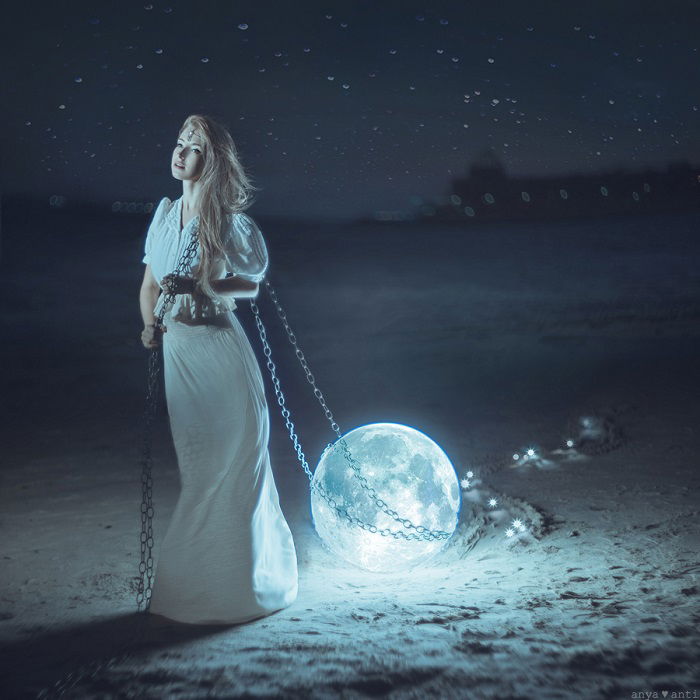
6. Structure Your Narrative
The structure of your images is an essential element in the storytelling process. You need to decide how the story is going to be told.
What information is your image going to hold? Are you telling open stories or closed stories? Will you make a series of photographs or just one image?
For closed stories, a series of images will work well. You can give yourself fixed starting and finishing points. This makes it easier to create a linear narrative.
Although, it doesn’t have to be linear. Your story could still be open. A series of portraits could identify your characters while leaving the story open to interpretation.
Single images lend themselves to open stories. Having the whole story from beginning to end in a single frame is difficult. It’s not impossible, but it is tricky.
You want to think about how much of the story you want to tell. Even if you are doing a series of images, you might not want to get to the end. Or maybe you start your story at the end.
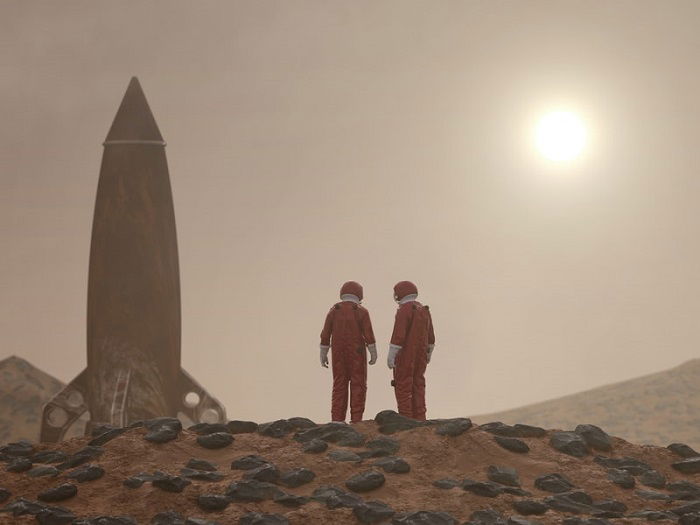
7. Use Composition To Drive The Story
When you’re storytelling in photography, the composition of your shots is very important. You’re leading the viewer through your story without words. You need to give them information and direction.
Portraits can be close up and tightly framed. Or you can try more expansive portraits that show more of the setting. You can use wide-angle shots that include more scenery to give your audience the bigger picture.
You can use stylised and posed shots that are full of symbols and suggestions. Or you can use actions shots to create movement and tension.
Doors and other pathways draw the viewers’ attention. A corridor naturally takes us forward, as does a path in a forest.
Our eyes are drawn to sources of light in dark spaces. You can use windows or cracks of light are a visual signpost guiding the viewer through the story.
But how much of the path are you going to show? If the pathway has a clear end, we know where we’re going. But if we can only see a small section of the path, it can add a feeling of trepidation.
When it comes to composition in storytelling, you need to strike a balance. You want to give the viewer enough information to draw their intrigue. But you want to avoid cluttered and messy photos.
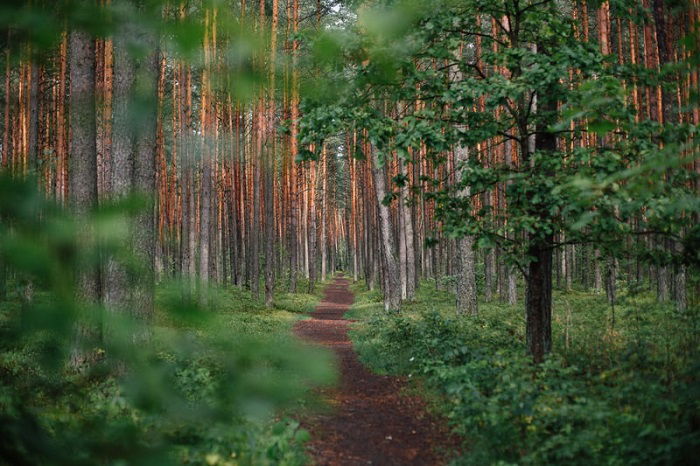
8. Directing Your Subjects
The main focus of most storytelling is the characters. And it’s the same when you’re a photographer. The viewer is following the subject through the story. They are the heroes and the villains.
Body language is a powerful tool. It’s something we can all identify with and recognise. We can tell if a person is happy or sad. We understand behavioural patterns that suggest someone is relaxed or distressed.
Animals have emotional tells too. If a dog has his tail between his legs, we know he’s not happy. And when the tail wags, he is.
Facial expressions are full of information, which is great for telling stories. But having obscured or hidden faces can also draw viewers into a story. It can add intrigue and mystery. Or it can inject fear.
If your subject is moving away from the camera, the viewer will have the urge to follow. And if they are coming towards the camera, it gives the impression they have left something.
If the photographer bears over your subject, this makes them look weak and vulnerable. If the subject bears over you, they have a powerful presence in your image.
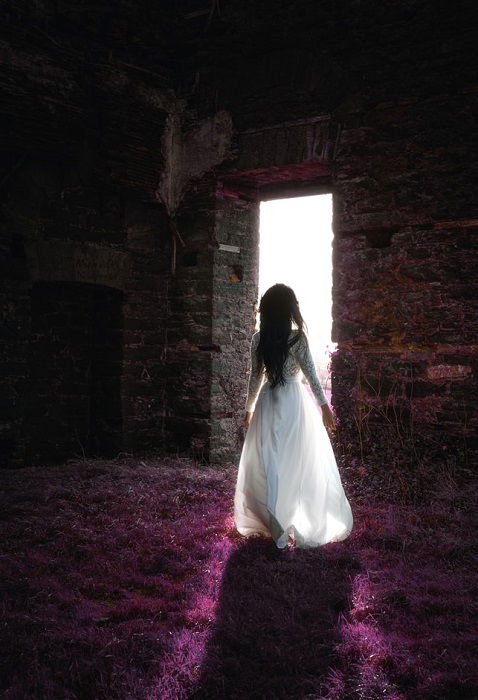
If you want to flex your creative muscles as a photographer, you won’t find a better exercise than storytelling photography.
The scope for creating original stories with expressive and imaginative images is huge. You can experiment with different types of photography. And you can tell stories in different kinds of ways.
We hope these tips for creative storytelling in photography have helped to ignite your imagination. Explore your mind and start telling your own stories with photography.
---------------------------------------------------------------------------
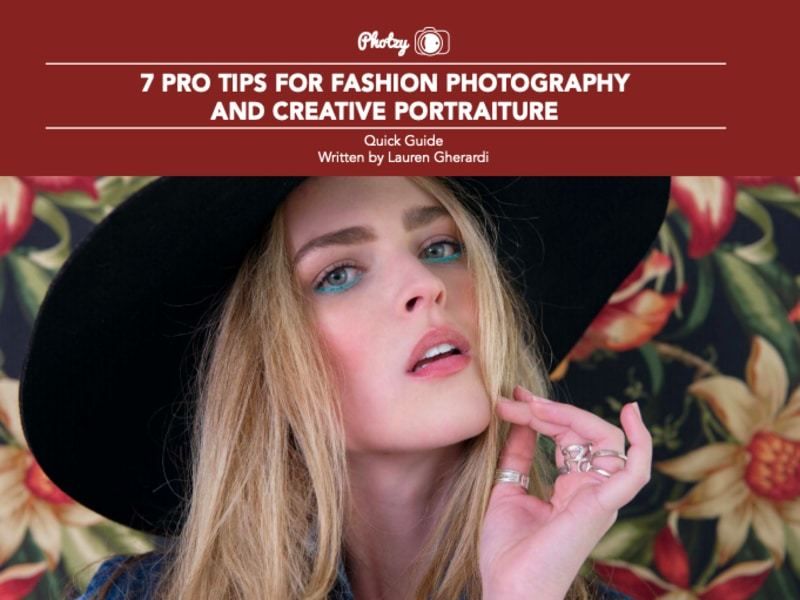
No comments:
Post a Comment
Note: Only a member of this blog may post a comment.